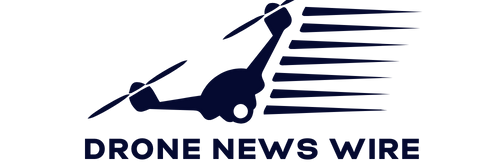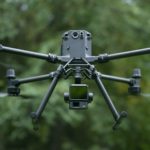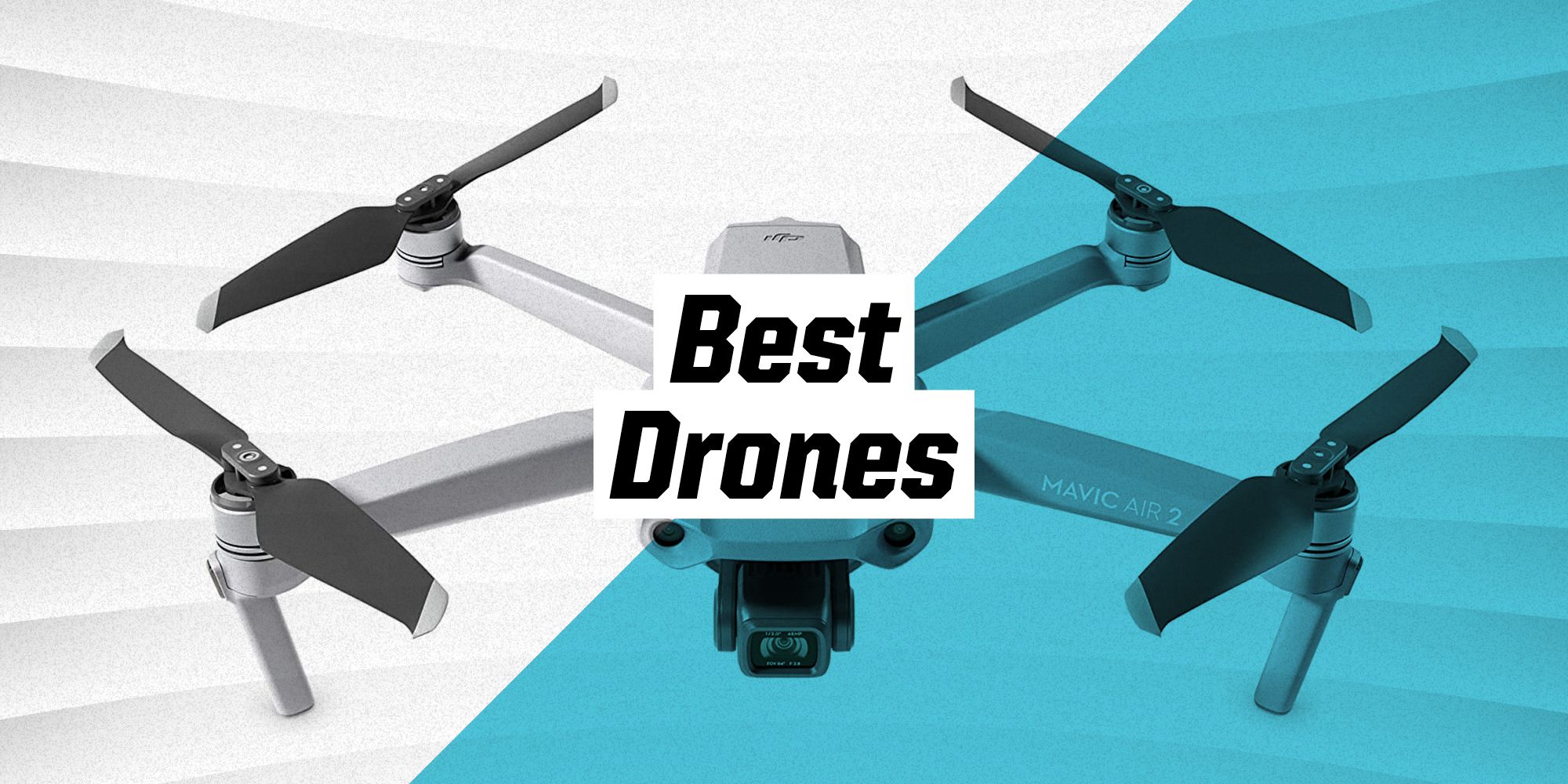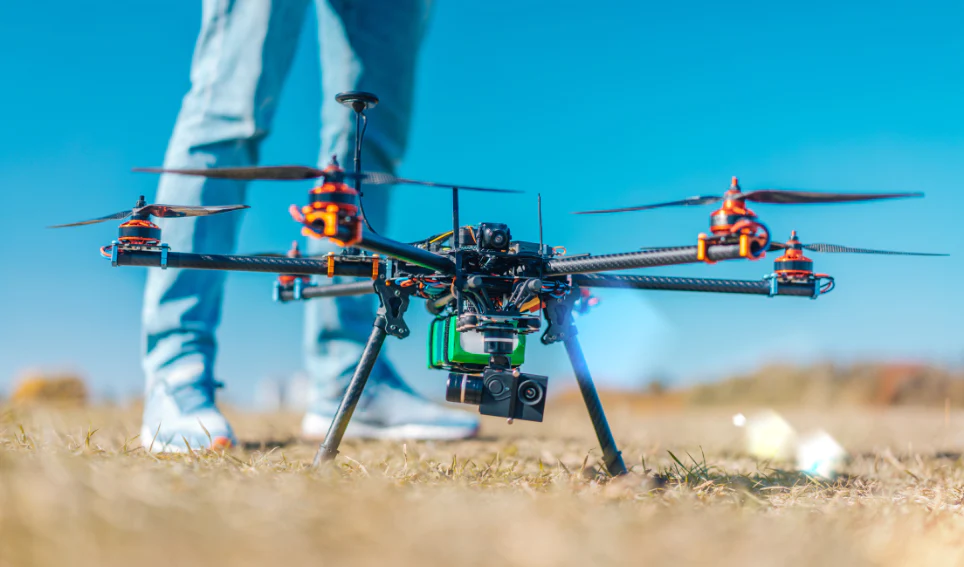
Drone photography has opened up a world of creative possibilities, allowing enthusiasts and professionals to capture stunning aerial shots from unique perspectives.
However, the magic often happens after the photos are taken, during the post-processing phase.
In this article, we’ll explore the essential post-processing techniques and tips for enhancing your drone camera images and taking your aerial photography to the next level.
Image Selection and Organization
Before diving into post-processing, start by selecting the best images from your drone flight. Organize your shots by creating folders or using software to streamline your workflow.
Raw vs. JPEG
If your drone camera supports it, shoot in RAW format. RAW files contain more data and offer greater flexibility in post-processing compared to JPEG. They allow you to adjust exposure, color, and other settings with more control.
White Balance Adjustment
Correcting the white balance ensures that the colors in your image are accurate. Drone cameras can sometimes struggle with getting white balance right, especially during changing lighting conditions. Adjust the white balance in post-processing to achieve the desired look.
Exposure Correction
Correcting exposure issues, such as overexposed skies or underexposed landscapes, is a common task in drone photography post-processing. Use tools like exposure compensation or exposure adjustment layers to balance the lighting.
Color Grading
Applying a consistent color palette to your images can help create a cohesive visual style. Experiment with color grading techniques to enhance the mood and atmosphere of your aerial shots.
Contrast and Clarity
Adjusting contrast and clarity can make your images pop. Be cautious not to overdo it, as excessive adjustments can lead to unnatural-looking photos.
Crop and Composition
Crop your images to improve composition and remove distractions. A well-composed shot can benefit from cropping to highlight the subject or create a more balanced composition.
Noise Reduction
Drone cameras may introduce noise, especially in low-light conditions. Apply noise reduction techniques to keep your images clean and free from distracting digital artifacts.
Sharpening
Carefully apply sharpening to enhance the details in your images. Be mindful of not oversharpening, which can result in unnatural textures.
Lens Correction
Correct any lens distortion or chromatic aberration that may be present in your images. Many post-processing software packages offer automated lens correction tools.
HDR and Panorama Stitching
Create high-dynamic-range (HDR) images or panoramas by combining multiple shots from your drone camera. This can result in stunning, expansive views with balanced exposure.
Watermarking and Metadata
If you wish to protect your images or share your work online, consider adding a watermark and embedding metadata (such as copyright information and location) to your photos.
Backup Your Work
Always make sure to back up your original image files before starting the post-processing process. This ensures that you have a safe copy in case anything goes wrong during editing.
Practice and Experiment
Post-processing is an art that improves with practice. Experiment with different techniques, styles, and software to find what works best for your drone photography.
Conclusion
Mastering post-processing techniques is a crucial step in creating exceptional drone photography.
With the right adjustments, you can transform ordinary drone shots into stunning works of art that capture the beauty and uniqueness of the world from above.
Remember that post-processing is a creative process, and there are no strict rules—allow your artistic vision to shine through in your final images.








